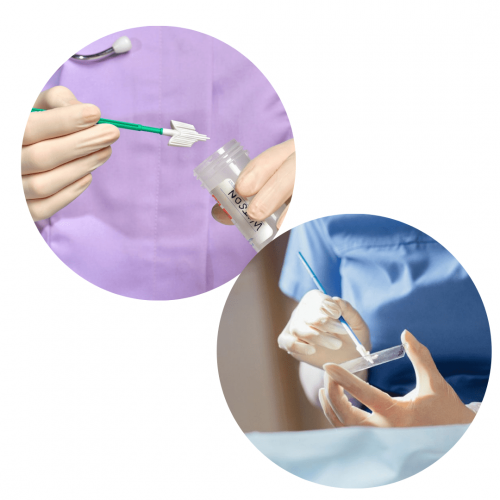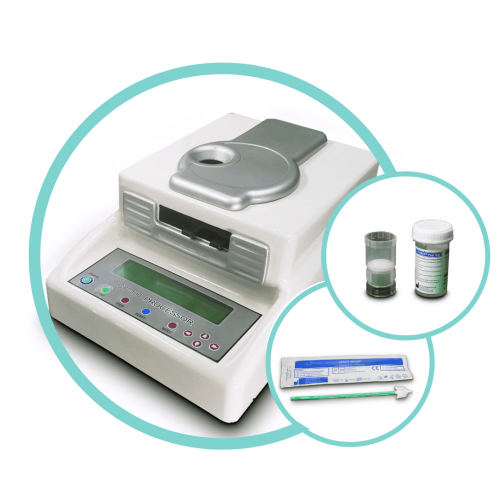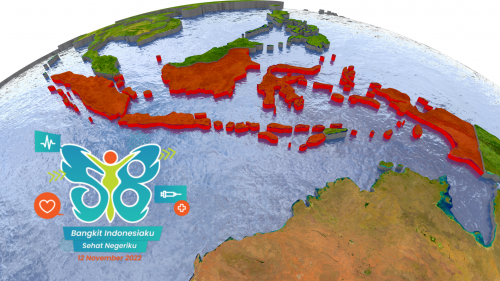Cancer remains a significant challenge in the field of healthcare, but there is strong hope that early detection can change the game. Early cancer detection has brought significant successes in prognosis and recovery, yet there are challenges to overcome to achieve better detection rates in the future.
Successes in Early Cancer Detection
Early cancer detection has opened doors to more effective treatment. Through routine screenings and advancements in diagnostic technology, the ability to identify cancer in its early stages has substantially improved. This has resulted in significant improvements in survival rates and the quality of life for cancer patients.
Notable Achievements:
-
Enhanced Understanding of Cancer: Ongoing research has led to a better understanding of various types of cancer and their characteristics, supporting the development of more sensitive and specific detection methods.
-
Advanced Imaging Technology: Technologies such as MRI, CT scans, and PET scans have provided clearer insights into the progression of cancer, enabling early detection.
-
Screening and Routine Check-ups: Screening programs and routine check-ups have become standard in the early detection of specific cancers such as breast, colorectal, and cervical cancer.
-
Innovations in Genetic Testing: Genetic and molecular tests have allowed the identification of genetic risk factors influencing an individual's likelihood of developing cancer, enabling early detection and more effective prevention.
Challenges in Early Cancer Detection
Despite significant progress, there are challenges to be addressed in improving early cancer detection.
Challenges to Overcome:
-
Access and Availability: Not everyone has easy access to adequate early detection screenings due to geographical, financial, or limited healthcare infrastructure factors.
-
Sensitivity and Specificity of Tests: Some detection methods still have error rates that can affect accurate results, leading to unnecessary anxiety or misdiagnosis.
-
Public Awareness and Education: Lack of awareness of the importance of early detection and inadequate education about cancer symptoms can hinder participation in early detection screenings.
-
Costs and Financing: Early cancer detection screenings often come with high costs, making access difficult for individuals with limited resources.
Hope for the Future
In facing these challenges, there is considerable hope for the future of early cancer detection:
-
Advanced Technology: The development of more sophisticated diagnostic technology, such as the use of artificial intelligence (AI) in interpreting medical images, can enhance the sensitivity and specificity of detection especially for the early detection. Routinely undergoing Pap smears or HPV tests is an effective way to detect pre-cancerous cell changes or cancerous cells in the cervix at an early stage. Early detection allows for intervention before the condition worsens.
-
-
For PAP Smear examination, PT Isotekindo Intertama is a distributor of the CY-PREP™ CY-100 Processor, a cervical pre-cancer cytology product that employs the highly accurate Liquid-Based Cytology (LBC) method. The CY-PREP™ CY-100 Processor offers the following products:
A. Sampling using CY-PREP™ Pap Test CERVIX-BRUM®
Benefits:
- The sampling device is sterile, specially packaged for patient safety, and designed to collect samples from both the endo and ectocervical regions simultaneously.
- Designed to streamline the sampling process and reduce discomfort during sampling.
B. Liquid media for containing, transporting, and preserving test samples using CY-PREP™ Pap Test Preservation Solution
Benefits:
- Safeguards the sample, allowing it to be stored for up to 3 weeks at room temperature (15-30 °C). This prevents samples from drying out or getting damaged.
- Minimizes the risk of crucial samples being left in the sampling device.
- Ensures the collection of all cervical samples, enabling a comprehensive examination of all sample cells.
- Provides an ample amount of test samples, eliminating the need for patients to undergo additional sampling for follow-up tests.
C. Separation of the target material for inspection from impurities and debris using a dual filter
Benefits:
- Creates a thin layer of preparation, enhancing visibility during examination.
- Ensures that cells are more distinct as the cell staining process becomes more precise and adheres better.
D. Glass slides for attaching the samples using IHC link glass slides
Benefits:
- Creates a thin layer of preparation, improving visibility during examination.
- Ensures that cells are more distinct as the cell staining process becomes more precise and adheres better.
-
-
Improved Public Education and Awareness: Through information campaigns and education, it is hoped that public awareness of the importance of early detection will increase, encouraging participation in routine screenings.
-
Expanded Access: Efforts to provide wider and more affordable access to early detection services for all segments of society will be a crucial focus.
-
Increased Collaboration and Research: Collaboration between the public and private sectors in cancer research will lead to faster and more effective innovations in early detection.
References:
- American Cancer Society. (2022). Cancer Facts & Figures.
- National Cancer Institute. (2022). Cancer Statistics.
- World Health Organization. (2021). Early Detection of Cancer.







